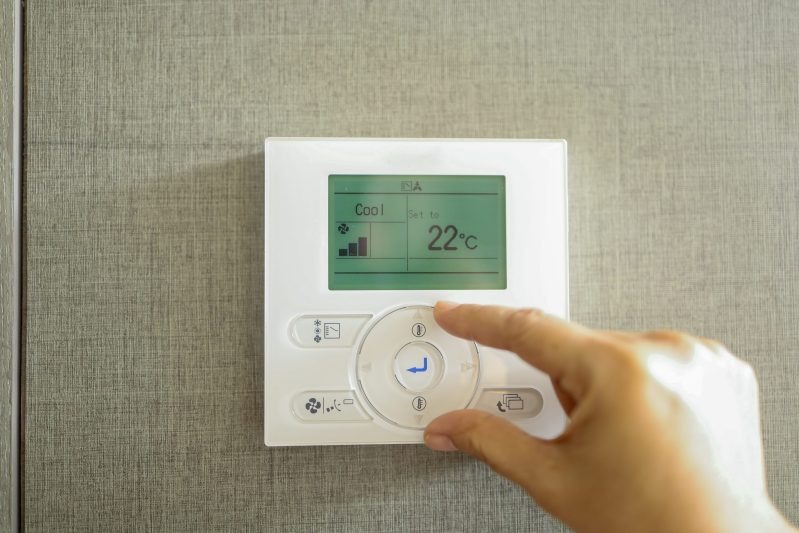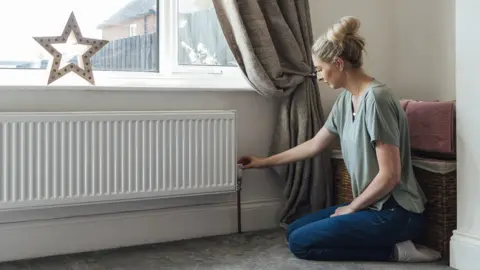Tuesday, 23/12/2025 | 17:53 GMT+7
This means the typical household will pay £94 more each year, although your bill will depend on how much you use, where you live and how pay.
While this rise will put additional pressure on many households, there are ways to reduce your costs.
The figures in this article, calculated by experts at Cambridge Architectural Research (CAR) and Nesta, are based on the energy price cap figures announced for January-March 2024.
Since prices are lower until the end of 2023, you may see slightly reduced savings until then.

Most of the energy we use at home goes on heating.
Turning the thermostat down by just one degree - from 19C to 18C - could save you about £113 annually.
You can save an additional £12 each year by using your boiler's timer - if it has one - to ensure your heating switches off when the house is empty.
While turning down the thermostat could be a quick way to save money, the government recommends a room temperature of at le18oC. Older people and those who are ill or disabled may need it to be warmer.
If your house is too cold, it could also encourage damp, which could lead to mould. People living with mould are more likely to suffer from respiratory illnesses, infections, allergies or asthma.
If you have a combi boiler, try reducing the flow temperature for the water gong to your radiators to 60C.
A higher temperature will heat your home faster, but it could also mean bigger bills.
Combi boilers tend to capture and recycle heat less efficiently at higher temperatures - meaning it requires more gas to heat your home.
If you have a conventional boiler, such as a system with a hot water tank, you could try setting it to 65C. It's important not to set it any lower as it could create a health risk - legionthe ella bacteria could develop in the water.
If you want to consider adjusting the flow temperature, the Energy Saving Trust has information and Nesta has a guide to walk you through process.
If you rent your home, you might want to check with your landlord before making any changes.
Investing in a more water-efficient showerhead - worth about £10 - could save you around £71 over the year. They work by restricting the amount of water coming through the head, meaning you use less water for the same length of shower.
You can also save some £61 by cutting the length of your showers from seven to four minutes.
Doing both will save you even more, though slightly less than the combined total as you'll be using less water overall.

Turning down radiator valves in less used rooms could save you around £50. (Credit: Getty Images)
Many radiators have valves that control the temperature in each room.
Consider turning the valve on radiators in rooms you use less often to the midway point, often three out of five.
This should still heat the room to 18-20C, while saving the typical home some £50 per year.
Keeping doors closed will also help trap heat.
Poorly insulated homes lose heat more easily and are harder to keep warm.
Draught-proofing is one of the cheapest and most effective ways to save energy.
To stop cold air getting in and heat escaping, consider:
But do not block extractor fans, wall vents and airbricks. These are necessary for ventilating certain rooms, like your kitchen and bathroom.
The cost depends on which areas you want to draught-proof and how you want to do it. A professional draught-proofing service could save more energy.
According to bbc.com








 Webinar 2: “Financial Support for Energy Efficiency Enterprises – Opportunities and Challenges”
Webinar 2: “Financial Support for Energy Efficiency Enterprises – Opportunities and Challenges”
 Vietnamese enterprises achieve green growth and cut costs through energy efficiency
Vietnamese enterprises achieve green growth and cut costs through energy efficiency
 Capacity Building for Program Implementing Entity
Capacity Building for Program Implementing Entity
 Enhance Energy Efficiency Knowledge for Managers of Cement Industrial Enterprises
Enhance Energy Efficiency Knowledge for Managers of Cement Industrial Enterprises
 Promoting Energy Efficiency for Technical Staff of Brick and Ceramic Sector
Promoting Energy Efficiency for Technical Staff of Brick and Ceramic Sector
 Capacity building for participating financial institutions of the VSUEE Project
Capacity building for participating financial institutions of the VSUEE Project
 Capacity building for participating financial institutions in Ho Chi Minh City
Capacity building for participating financial institutions in Ho Chi Minh City